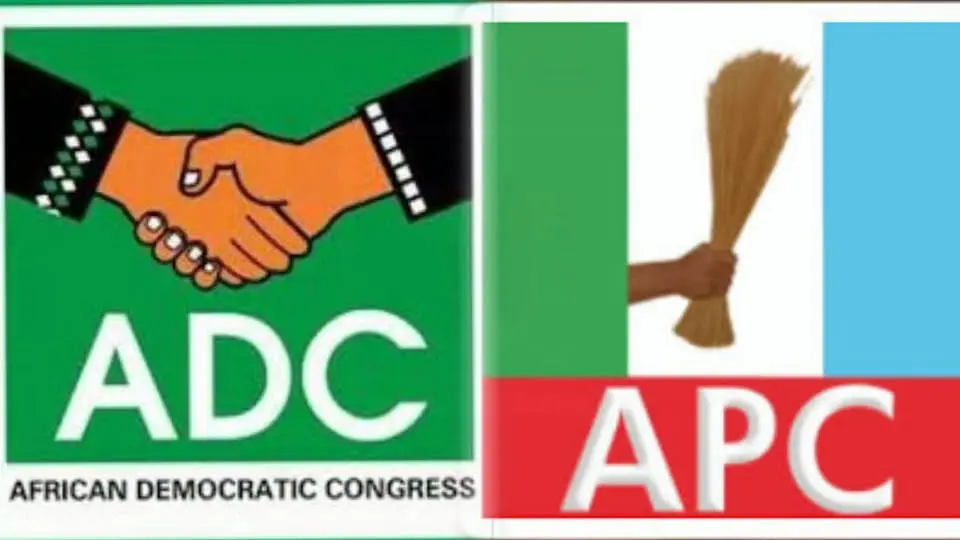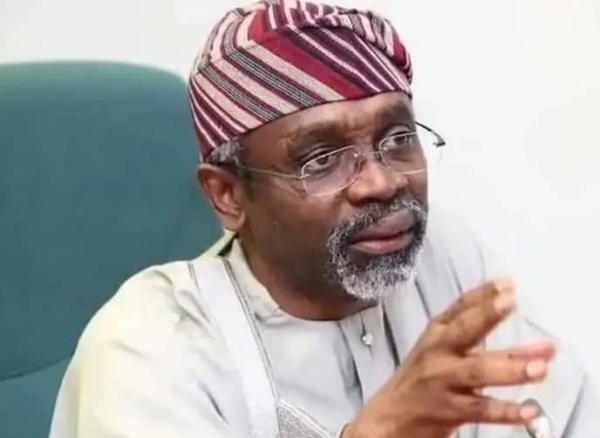Etisalat has identified four enabling factors that would facilitate the attainment of the Central Bank of Nigeria (CBN’s) goal of Financial Inclusion through digital banking.
Noting that digital transactions have continued to grow since 2014 hitting a daily transaction of N80 billion, its Director, Digital Business, Adia Sowho said for digital financial services to grow in the country, there must be network interoperability, the right technology platform, healthy agent/merchant network and product variety.
For best practice in digital financial services, Sowho said there must be standards for money exchange across operators, agents and products; there should be distribution network that accepts and processes clients’ transactions and range of products that address the key pain points and creates value in the community.
Speaking at this year’s eWorld Forum in partnership with Etisalat Nigeria, she said stakeholders, including regulators, telecos and banks, will need to evolve to stay relevant. According to her, the regulator needs to intervene to foster the right conditions for collaboration in the digital financial services ecosystem; telcos would have to continue to provide the right tools, such as smartphones and mobile broadband network that radically changes how customers expect to interact with financial services.
The banks also need a new client-centric and digital mindset to increase customer base and deposits while reducing cost to acquire and serve.
To achieve the goal of the new digital age, telcos assets which include technology platforms, distribution channels, support services, mobile tools, security platforms and customer insight are core enablers.
Noting that the internet, mobile devices are radically changing how customers interact, Sowho however said not all providers are at the same stage of digital transformation and not all will proceed along the same path at the same pace but the direction is clear.
According to her the transition to a fully digital financial services inclusion which includes integrating and controlling cost in Multichannel setting will not be easy but incumbent providers and traditional intermediaries must upgrade to stay relevant or lose out new financial tech companies.
It is her view that successful providers will be those who develop a client-centric and digital mind set capable of responding to changes in the market environment, delivering solutions closely tailored to customer needs.
In achieving the much desired digital financial inclusion, a network of distribution, both in the demand and supply chain, is key to driving penetration and active usage amongst the unbanked and under banked.
She noted that there were challenges such as poor investment in agent networks, lack of all-inclusive solution for the financial excluded and lack of education and awareness, lack of unified identity database and reliable existing channels, impacting financial inclusion
Sowho argues that some of the ways that banks who are looking to new models to build customer trust, improve access and reduce cost must embrace is by narrowing the access gap to financial services, digitizing cash into electronic value and by covering a full spectrum of services. They would have to extended banking through Digital Channels, simplify and accelerate financial services and save costs through branchless banking.
Some of the metrics that define Financial Inclusion include Ease of access to financial products and services, bringing about a broad range of financial Service, making cost of provision affordable, services are designed to need, delivered in fair and transparent manner and are widely accepted.
According to her some of the drivers for Financial Inclusion include policies on consumer protection, financial literacy, mobile money, cashless policy, agency banking and policies that enable people to seek redress when there is unfair treatment and take informed decisions on what and how to use financial services and reduces risk of carrying physical money.























